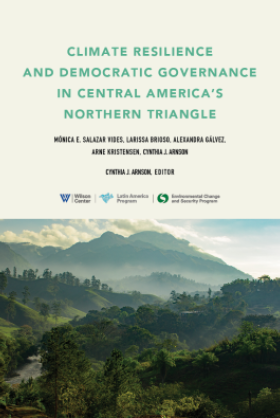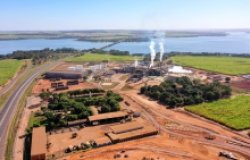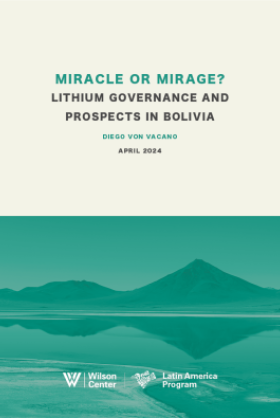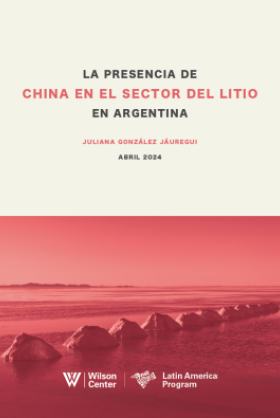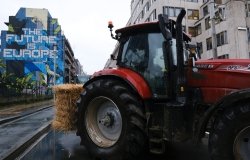Across Much of China, Huge Harvests Irrigated With Industrial and Agricultural Runoff
Much of China’s water is so contaminated that it should not even be touched, yet tremendous amounts of the grains, vegetables, and fruits that are served in homes and restaurants, as well as textiles that are sold in markets, are irrigated with untreated industrial wastewater.
By ECSP Staff
The original version of this article, by Nadya Ivanova, appeared on Circle of Blue.
The horizon gleams with a golden hue from the wheat fields that spread in all directions here in Shandong, a prime food-growing province on the lower reaches of the Yellow River. As hundreds of farmers spread the wheat like massive carpets to dry on country roads, combine machines are busy harvesting the grain. The same afternoon that the wheat harvest is finished, farmers will already be planting corn and other crops. This is how China feeds 1.4 billion citizens and millions of livestock.
The seeds of the economic miracle that have lifted China to the world’s second-largest economy are in the farm fields and tumbledown villages that each year grow the nearly 600 million metric tons of food that sustain public trust in the country’s dramatic transition.
Yet the ample harvest also comes with significant public health risks, as a farmer here explains.
Damp with sweat, dust, and chaff, he pulls a plastic hose into a water pump that is powered by a truck with a belt-drive. The moment the engines roar, the ingenious makeshift machine fills the hose with turbid water from the nearby canal where a pharmaceutical factory has just dumped its rancid effluent.
“There’s no water source except for this dirty water,” the farmer says. “We have to use it.”
When the water turned black last month, he adds, most of the crop died after being irrigated with it – and what did not wither was sent to the market.
The farmer’s plight underlies a dirty truth about China’s fast development: the nation’s rivers, lakes, and falling water tables are enduring deficits of clean water that often force farmers to grow food using water that is tainted with heavy metals, organic pollutants, and nitrogen. Much of China’s water is so contaminated that it should not even be touched, yet tremendous amounts of the grains, vegetables, and fruits that are served in homes and restaurants, as well as textiles that are sold in markets, are irrigated with untreated industrial wastewater.
Continue reading on Circle of Blue.
Choke Point: China is a research and reporting initiative produced in partnership between Circle of Blue and the Wilson Center’s China Environment Forum.
Photo Credit: Polluted water along the banks of the Yellow River in Lanzhou, China, used with permission courtesy of Aaron Jaffe/Circle of Blue.
Related Program

China Environment Forum
Since 1997, the China Environment Forum's mission has been to forge US-China cooperation on energy, environment, and sustainable development challenges. We play a unique nonpartisan role in creating multi-stakeholder dialogues around these issues. Read more
